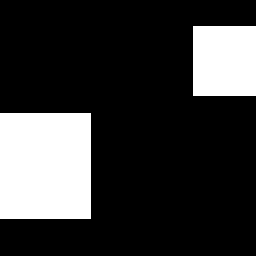Study of Corrosion in BGA solder balls
- authored by
- Kirsten Weide-Zaage, Hélène Fremont, Alexandrine Guedon-Gracia, Yuan Feng, Amin Chen
- Abstract
Corrosion of electronic components appears in several ways. Microelectronic components are now an essential part of the technology-intensive industry products of a wide frame. Products are exposed to a variety of environmental conditions. These environmental contaminants and conditions are reasons for the electronic to fail. There are different contaminants like fine and coarse particles of species like chlorides, sulphates, sodium, ammonium, potassium, magnesium, and calcium. Most metal corrosion occurs via electrochemical reactions at the interface between the metal and an electrolyte solution. Overall, corrosion is a very complex wear-out Multiphysics problem and difficult to cover with simulation. The dominant failure mechanisms and the weakest link of the assembly have to be identified and a failure criterion must be defined. Data gathered from acceleration tests and statistical distributions, like Weibull or Lognormal distributions permit to develop an equation for the dominant failure mechanism. The dominant mechanism model can be used for simulations. So, this approach combines experiments and simulations based on Finite Element Models (FEM). With COMSOL Corrosion Module two dimensional calculation of first, secondary and tertiary level corrosion is a priori possible. One objective of this paper is to present a first approach to use FEM to simulate corrosion in a microelectronic assembly context. Bottom packages of PoP components were put in a solution composed of water with 3.5% (weight) NaCl. Two different temperatures, ambient and 35°C were considered. Other samples were aged in a cyclic corrosion test chamber (Salt Spray chamber Ascott CC450iP) and exposed to a continuous indirect spray of salt water solution.
- Organisation(s)
-
Institute of Microelectronic Systems
- External Organisation(s)
-
Universite de Bordeaux
- Type
- Paper
- Publication date
- 2017
- Publication status
- Published
- Peer reviewed
- Yes
- ASJC Scopus subject areas
- Colloid and Surface Chemistry, Surfaces and Interfaces


